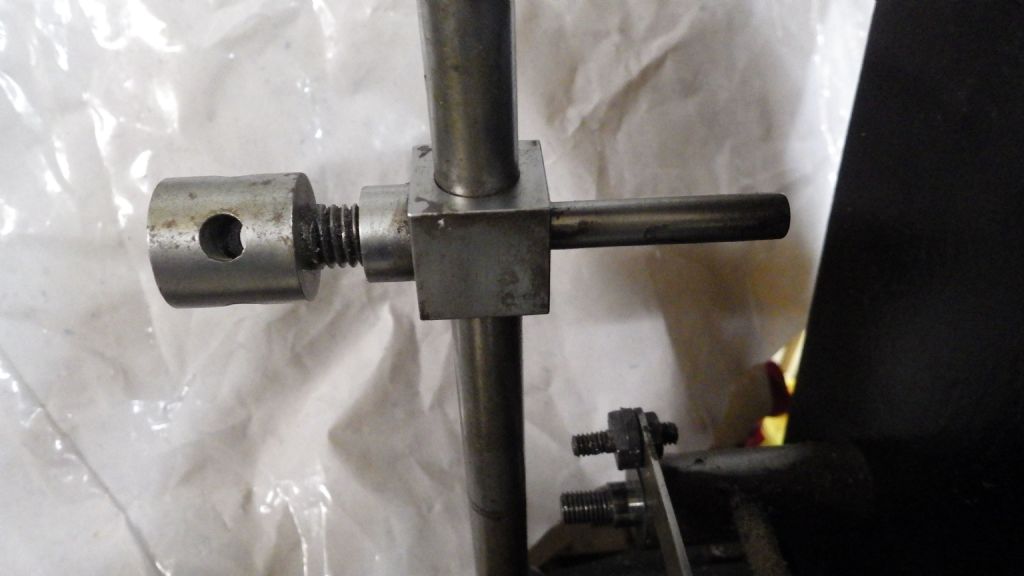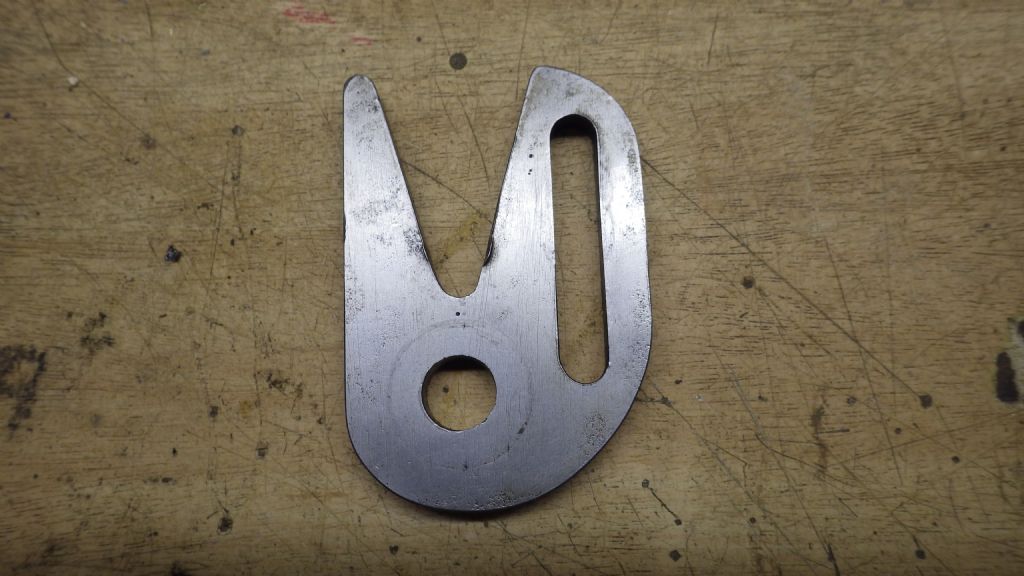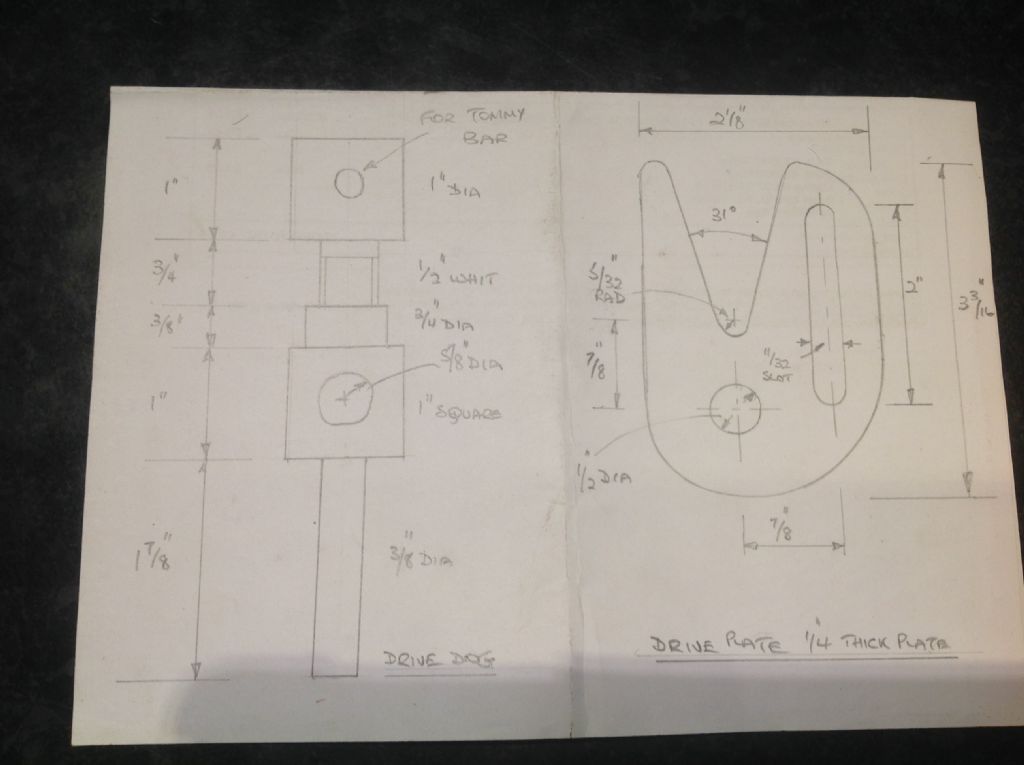Drummond Shaper Feed
Drummond Shaper Feed
- This topic has 12 replies, 7 voices, and was last updated 3 May 2018 at 19:45 by
Martin Newbold.
Viewing 13 posts - 1 through 13 (of 13 total)
Viewing 13 posts - 1 through 13 (of 13 total)
- Please log in to reply to this topic. Registering is free and easy using the links on the menu at the top of this page.
Latest Replies
Viewing 25 topics - 1 through 25 (of 25 total)
-
- Topic
- Voices
- Last Post
Viewing 25 topics - 1 through 25 (of 25 total)
Latest Issue
Newsletter Sign-up
Latest Replies
- 3 phase supply (again)
- Vickers Inverted Engine
- Making Unimat DB/SL Steadies
- Raab Style Heibluftmotor
- Herbert B Drill Pulley and Lubrication
- Steam driven air pump for brakes
- Arc Euro Trade Ltd.
- My week this week! My workshop videos
- MicroSet3 timer – help to set for tacho
- New member – mid 50s Zyto Lathe








